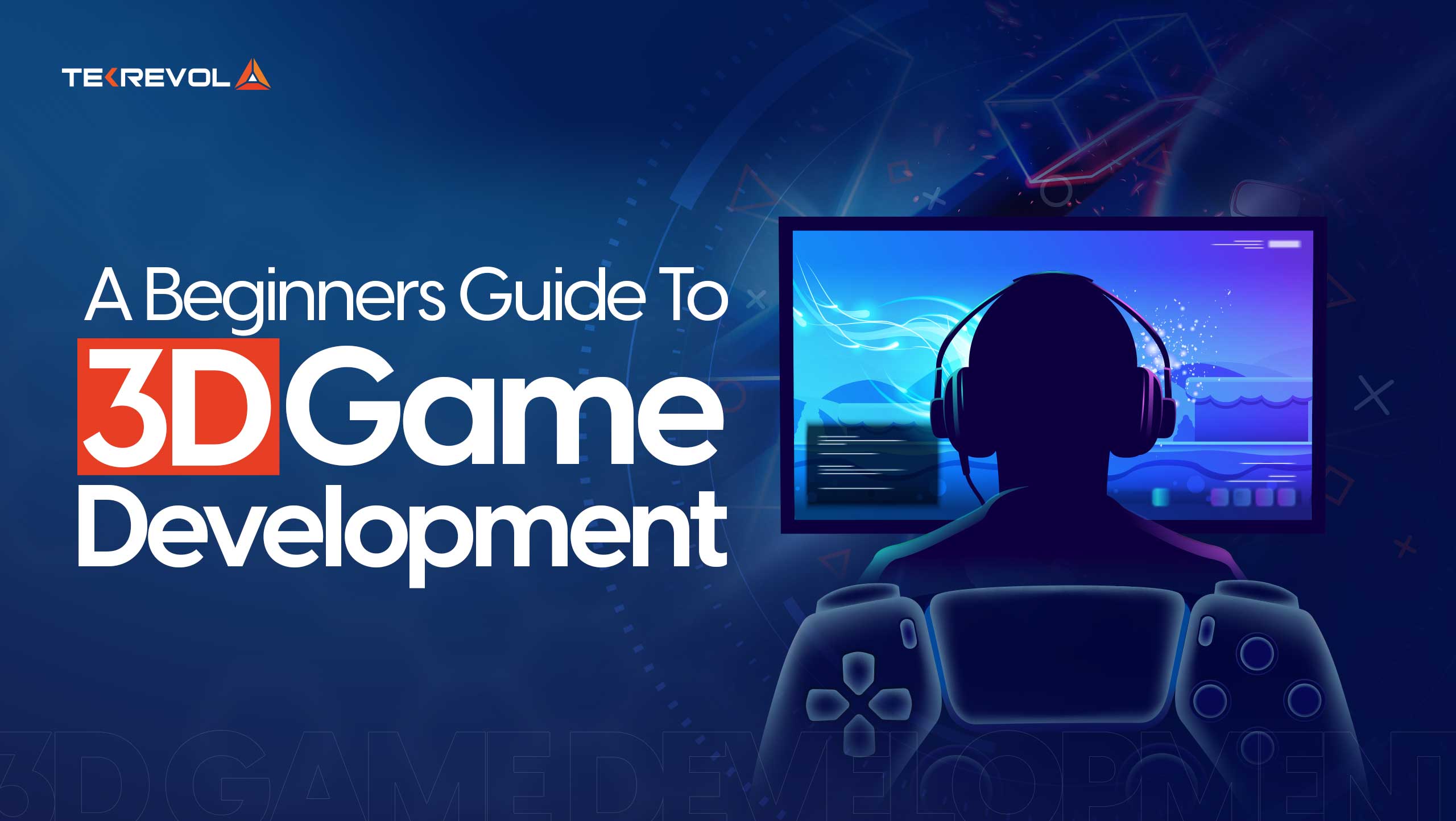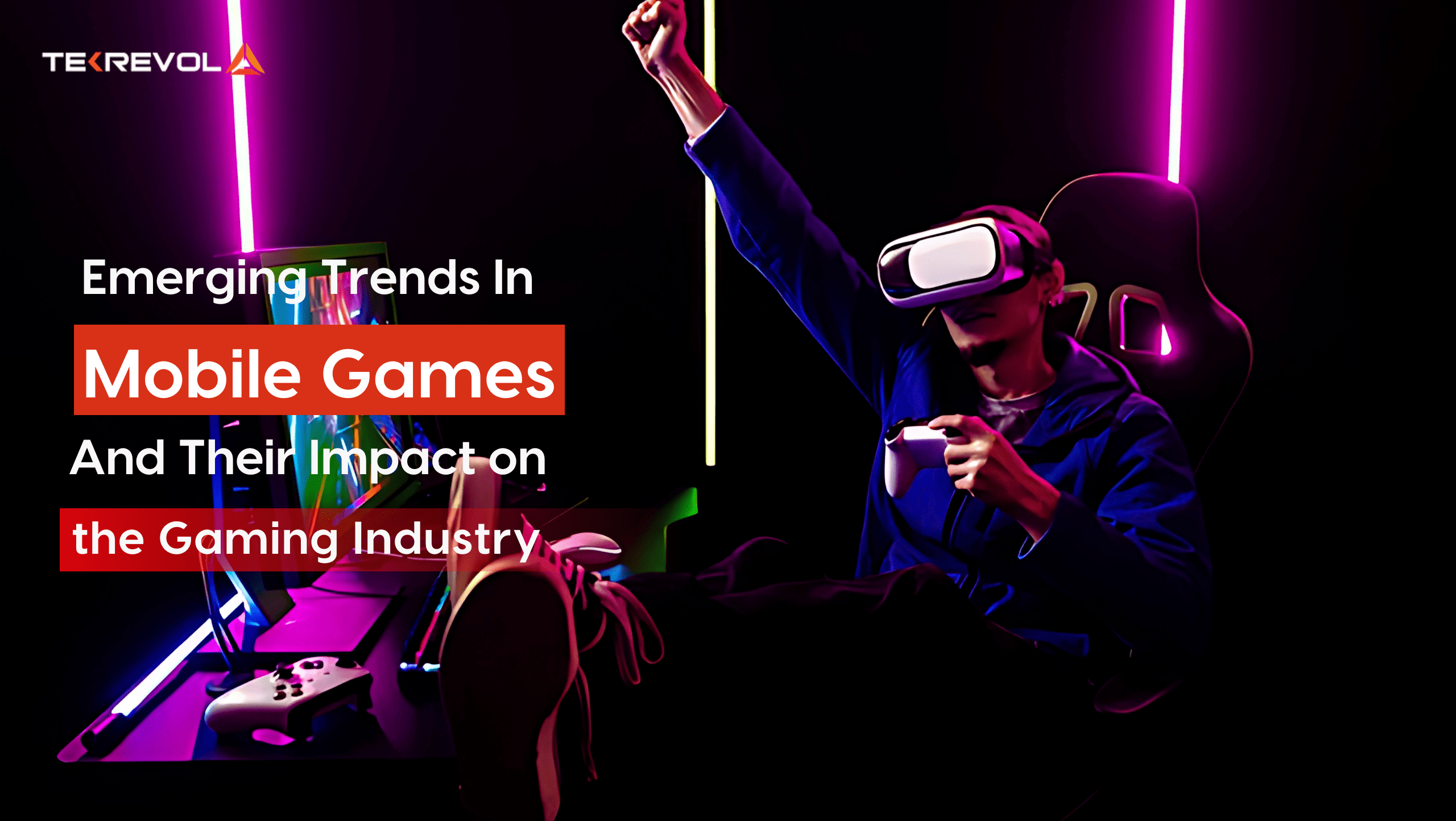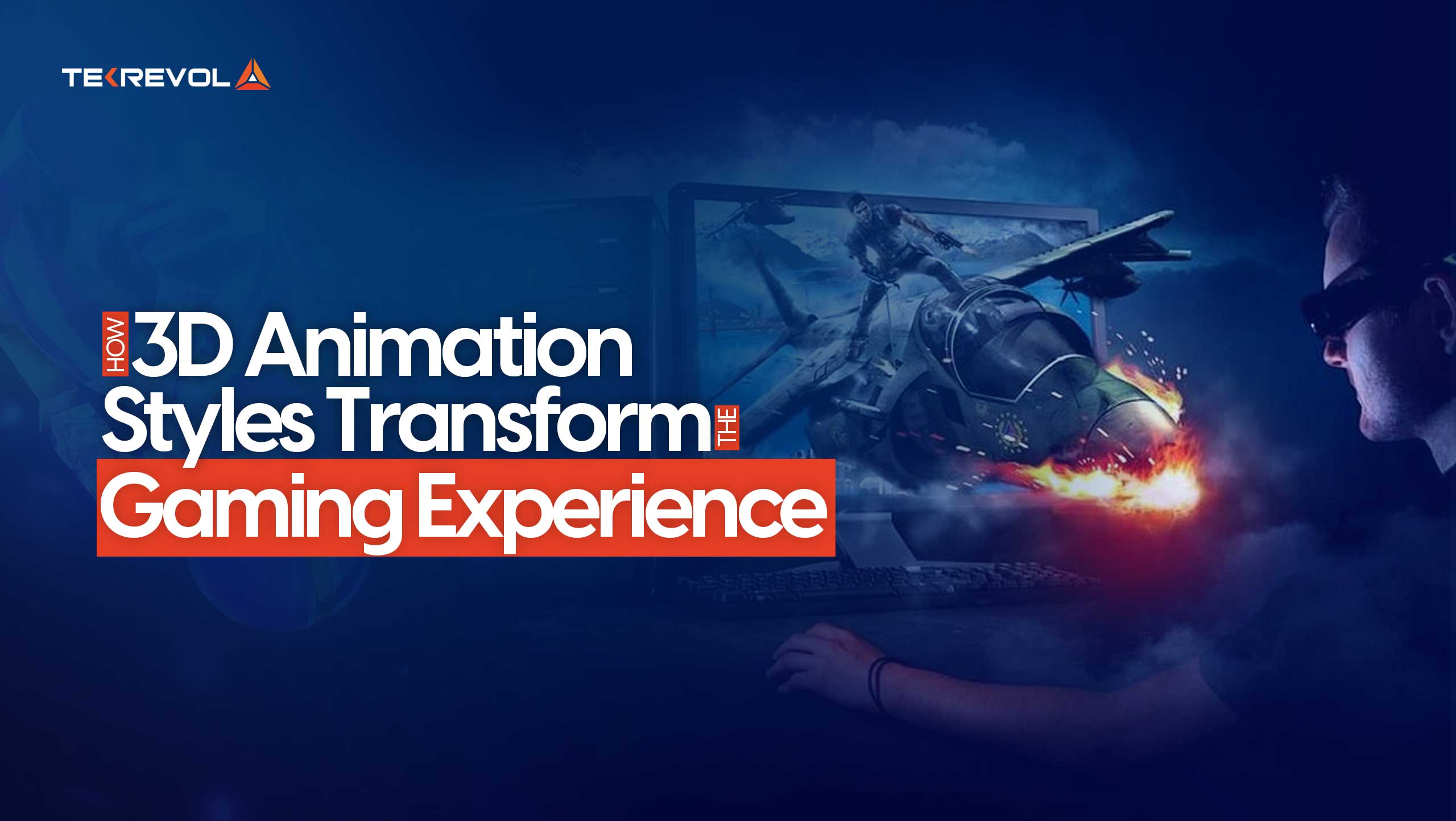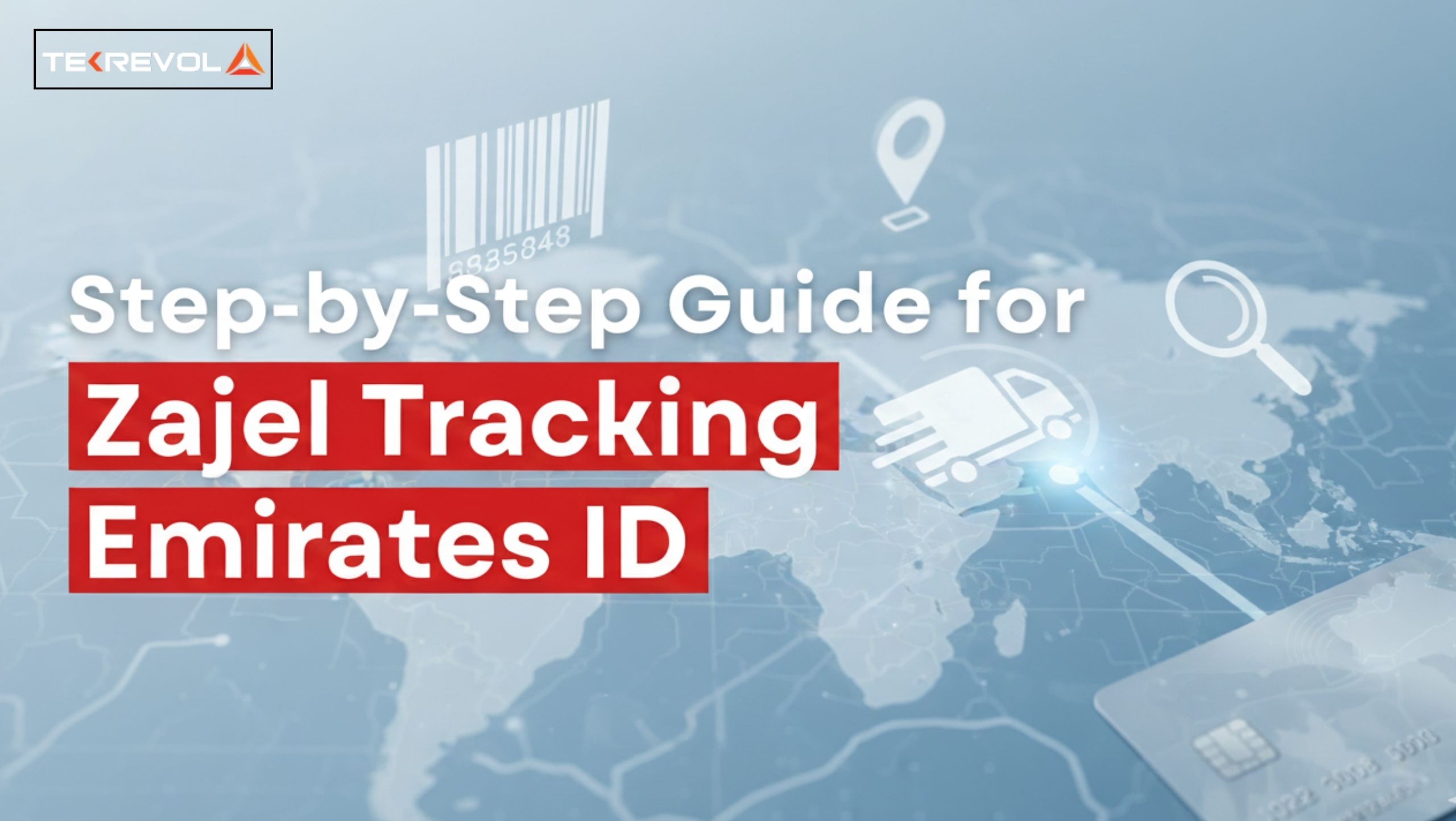A little while back, video games were a normal form of entertainment for all age groups and various backgrounds. From the regular arcade games we all used to play to today’s 3D experiences, the gaming industry has surely come a long way!
Though the rise of 3d game development was witnessed when the world was locked in the pandemic, the demand for high-quality, engaging games is as high as it’s ever been.
Considering the demand, it’s being said that the total value of the gaming industry is expected to exceed $300 billion, and 3D games are a significant factor in this surge!
Today, gamers who spend more than 8 hours a week playing on average are on the lookout for new and exciting game experiences to keep them coming back for more. Developers of all sizes and expertise are trying to set the bar high, pushing the limits of what is possible with creativity and technology.
Having said that, if you’re new to 3D game development, this beginner’s guide will introduce you to 3D game design, the key tools in 3D game development software, and how aspiring 3D game designers and 3D game developers can get started.
Exploring The Market For 3D Game Development
Currently, 3D games are playing a crucial role in the economic boom of the global gaming industry, and 3D games have a huge slice of the gaming market that is already worth over $200 billion in 2023.
It is thanks to the stellar growth of tech that emerging technologies such as Augmented and Virtual Reality (AR/VR) have revolutionized the gaming market. One thing is sure: the market for 3D game development is only going to continue to stay hot for a long time.
These stats here will help you understand the potential 3D mobile game development has:
- 3D Game Development Share: 3D games account for over 60% of the gaming market across many platforms, such as PCs, consoles, and mobile devices.
- Future Growth: Gaming industry experts tell us that by 2027, gaming will exceed $330 billion, with 3D gaming taking the lead as it offers immersive experiences and cross-platform capabilities.
Understanding The 3D Game Development Pipeline
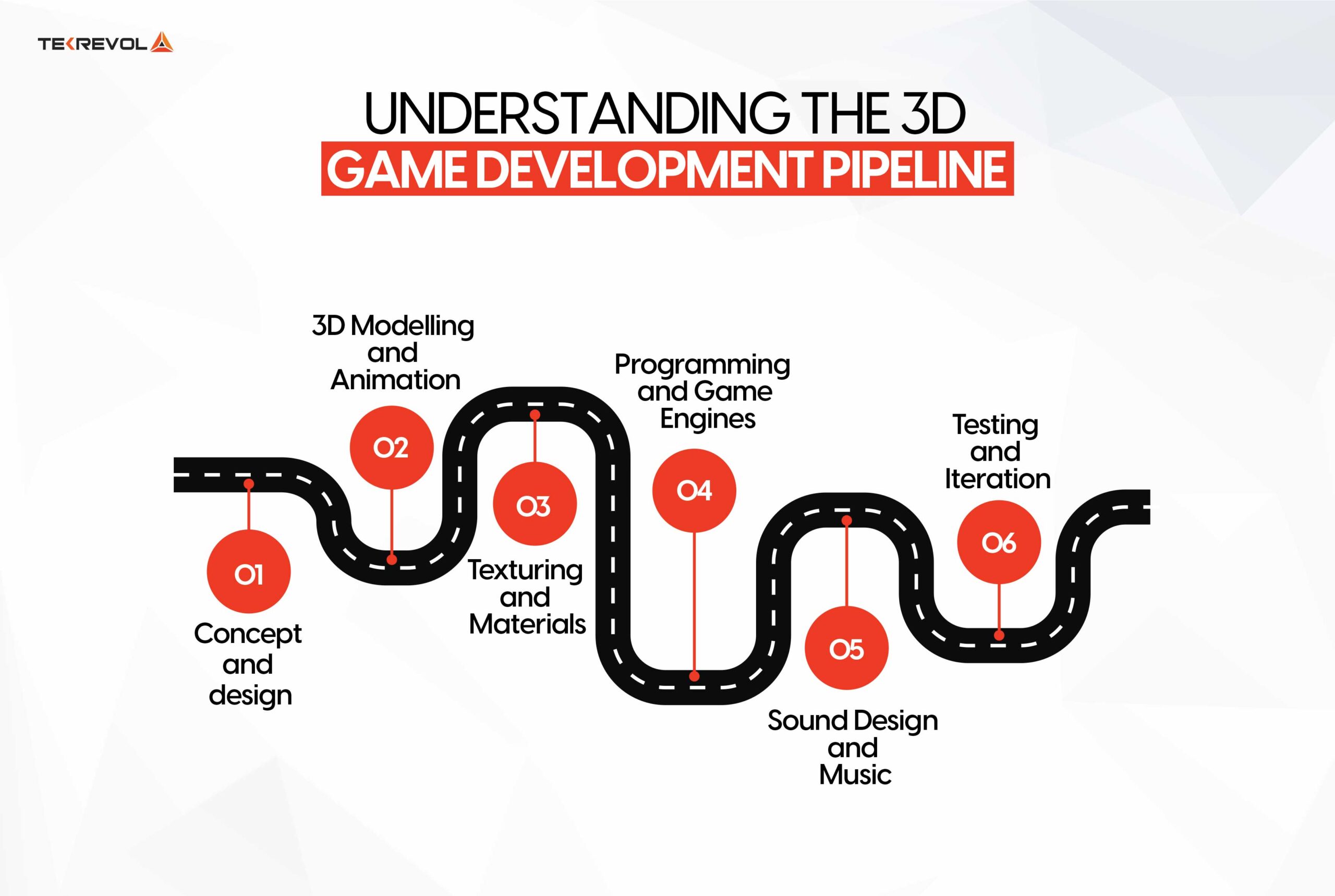
Before overwhelming you with the technicalities and flow of the 3D game development tools, you deserve to have the basic idea of the 3D Game design fundamentals and aesthetics that are usually followed.
Here’s the basic pipeline that you should be aware of while starting with 3D game design and development.
| Stage | Description |
|---|---|
| Concept and design | Brainstorm your code idea, think about your characters, re-brief the storyline and visual style of the game |
| 3D Modelling and Animation | Develop 3D models for characters, objects, and the game environments and animate them. |
| Texturing and Materials | Apply textures for detailing and enhancing the visual appeal of your game. |
| Programming and Game Engines | Code the game’s physics, logic, and functionalities with your preferred game engine. |
| Sound Design and Music | Give your game the sound effects and music to enhance its atmosphere and emotional impact. |
| Testing and Iteration | Do rigorous testing to identify bugs and make amendments for smooth gameplay. |
- Ready To Explore 3D Game Development?
- Now Is The Perfect Time To Bring Your Game Idea To Life
Key Essentials For 3D Game Development
Choosing the right 3D game development services can make or break your gaming idea. Therefore, before starting with 3D game design and development, you must be aware of some key roles and the responsibilities they hold.
Here are some of the key roles that contribute significantly to the game development process:
1. Game Designer
The person who is actually responsible for developing your 3D game’s mechanics, story, and experience is a 3D game designer. He decides how the game will be played, what rules the game should come with, and how the players will interact with the game.
Core Responsibilities
- To design the entire system and game mechanics
- Crafting level designs and balancing game-play
- Coming up with game narratives and dialogues
Pro Tip: For beginners, 3D game design software like Blender and Unity can be invaluable to learning the basics of game design.
2. Programmer
It’s the programmers who take that game designer’s vision and write the code that makes everything work. The role of a programmer is highly technical and can have many specializations, such as gameplay programming, AI development, physics programming, etc.
Core Responsibilities
- Ensuring smooth gameplay by writing and optimizing code
- Integrating game engines like Unity and Unreal
- Debugging and testing the game to look for bugs and errors
Pro Tip: If you are starting with 3D game programming, languages like C++ and C# are essential, as they are widely used in game engines.
3. Game Artists
Game artists are responsible for creating visual elements of the game, such as characters, game environments, textures, and lighting. Their prime focus is to make the game look super realistic and appealing to gamers.
Core Responsibilities
- Developing 3D models of characters and props being used in the game
- Adjusting texturing and lighting to make the game as realistic as possible
- Collaborate with designers and animators to ensure visual consistency
Pro Tip: Beginners should start 3d game development software like Blender, Maya, and ZBrush for modeling and sculpting the game.
4. Sound Designer
Sound designers are the people responsible for creating the audio experience of the game, which includes background music, sound effects, and voiceovers. Their work is to make the 3D game as real as possible by laying out the right audio.
Core Responsibilities
- Composing and creating 3D game sound effects
- Integrating the game with dynamic audio that changes with the player’s action
- Collaborating with voice actors for dialogue delivery and narration
Pro Tip: Use 3d game design software like Audacity and FMOD to get started with 3D game sound design.
5. Game Animators
Animators generate movement, gestures, facial, and body expressions for static 3D models. They are the people who ensure that the characters and objects will move fluidly and naturally within the game environment.
Core Responsibilities
Creating character animations for various actions like walking, jumping, etc,
- Designing environmental animations like flowing water, moving trees, etc
- Make the animations sync with sound effects
Pro Tip: Beginner 3d game developers can use tools like 3DS Max for real-time 3D game animation.
6. Quality Assurance
Quality assurance testers ensure that the 3D game you develop functions properly. They systematically test every aspect of the game to eradicate any kind of bugs, glitches, and performance issues present in the game.
Core Responsibilities
- Identify and report bugs or any kind of gameplay issues.
- Testing the game on different platforms for full-fledged functionality
- Verifying that the developed game matches design and functionality expectations
Pro Tip: Use bug-tracking software like Jira to get done with your game’s QA instantly.
How To Develop Your 3D Game From Scratch?
Starting with your 3D game development from scratch can be an exciting venture, especially when you are aiming to bring your game idea to life. Words like “Design” and “Develop” can easily scare you at the beginning of your journey, urging you to stop working on your idea, but we won’t let that happen.
Here is a detailed yet comprehensive phase-by-phase breakdown on how you can develop your 3D game from scratch.
Phase 1: Pre-Production
You can’t just start with your 3D mobile game development haphazardly. It requires you to do proper planning to ensure the success of your game.
Here is a simplified breakdown of what needs to be done while being in the pre-production phase of your 3D game development.
| Steps | Basic Idea | How To Do It? |
|---|---|---|
| Choosing your desired software | Pick out the best software that handles graphics, physics, and player input. | Many free 3D game design and development engines like Unreal, Unity, and Gadot can be used. |
| Designing Your Game | Conceptualize the basic gameplay, story, and characters | Document all your narrative arcs, character backstories, and gameplay mechanics as a design document. It is a roadmap throughout the project so that the team doesn’t end up with scope creep and can stay aligned with the original vision. |
| Creating Assets | Developing models, textures, objects, and animations for characters and the game environment | Assets Development can be done on software like Blender, Maya, or 3DS Max for modeling 3D, Photoshop, or Substance Painter to texturize. |
| Programming Logic | Writing code based on the chosen game engine’s scripting language. | Most game engines usually support programming languages like C# and Python. Programming efficiency is a must for 3D game development. |
| Refining and Testing | Playing the game repeatedly to check it against bugs and loopholes | Conduct alpha and beta testing and gather feedback from users to identify bugs, usability issues, and gameplay balance problems. |
Phase 2. Production
Once you are done with your pre-production phase, it’s now time to move towards the production phase. This is the phase where you will be progressing with your 3D game development and will be bringing your game idea to life!
So, what happens in the production phase? Let’s find out in the table below.
| Stage | Basic Idea | How To Do It? |
|---|---|---|
| Prototyping | The initial stage is where playtests of game mechanics are developed | Develop some rough versions of key gameplay mechanics and run playtests on them. Collaborate closely with the team of programmers and designers to refine your game’s mechanics. |
| Game-level design | Implementing the logic of the game while catering progression, difficulty, and core game mechanics. | Design each level by structuring how players interact with the game environment, increasing the difficulty with each level. Take help from level editors or game engines to test the flow of each level to ensure a smooth transition. |
| Audio Design And Voice Over | Adding soundtracks, audio effects, and character voices into the game | Collaborate with sound designers and voice actors to get realistic audio assets for your game. Implement sound effects for critical gameplay moments like an explosion, etc. Ensure that all your audio is in sync with the in-game events. |
| Coding | Writing code to integrate all game elements, ensuring everything functions smoothly. | Take help from game engines like Unity or Unreal to write scripts for your 3D game. Ensure to write code that is modular and well-scripted. Collaborate with design and audio teams to ensure smooth integrations of assets. . |
Phase 3. Quality Assurance
Finally, after you are done with the first two phases, the third and most important phase is to conduct the quality assurance of your game. Once the game is ready and fully functional, 3d game developers need to review it to make sure it does not contain bugs and will run smoothly.
Despite the abundance of game types, testing for quality assurance in a game is a natural process that can be linked to successful 3D mobile game development.
It does not matter whether it is a small bug, it will do a lot of harm to the user experience and the total playing experience. Coming back to the Quality Assurance part, the testing of the game involves functional tests, non-functional tests, and Alpha and Beta tests that are done with the help of the 3D game development tools.
- Alpha Testing: This is the last phase of a completed game where features, performance, compatibility, and other crucial elements of the game are tested.
- Beta Testing: Alpha testing is done followed by Beta testing which does not necessarily incorporate a technical or software tool. Beta testing is done to identify gaps in the game that an end user can encounter while playing.
Phase 4. Launch
Starting with 3D game development, the stage that’s the most awaited is none other than the “Launch”.
The process of launching your game is a critical one, as one needs to stay vigilant about the terms and conditions of the launching platform.
You should know that you are not done after launching your 3D game. To make your game a successful one, you would need to update it with new characters and gaming environments. So, while choosing the launching platform, be particular about its policies regarding the updation and maintenance of the game.
Phase 5. Post-production
The world is crazy about FIFA – thus, we are sure that you must have played this game once in your life. Do you know that FIFA has launched an updated version of the game after every 2 years? Ever wondered why? That’s what post-production is all about.
The story of your game doesn’t end after being launched. It demands that you to constantly monitor the game for bugs, errors, or any kind of gameplay fixes. You need to keep yourself updated with the latest gaming norms. Ask questions like “What tools are used for game development?” or “What is the best gaming engine of today?” and integrate your findings with your game to keep it tech-savvy in the upcoming times.
- Ready To Turn Your Vision Into An Excellent 3D Game?
- Let Us Help You Develop The Best 3D Game Of All Time!
How To Choose The Right Game Engine For 3D Game Development?
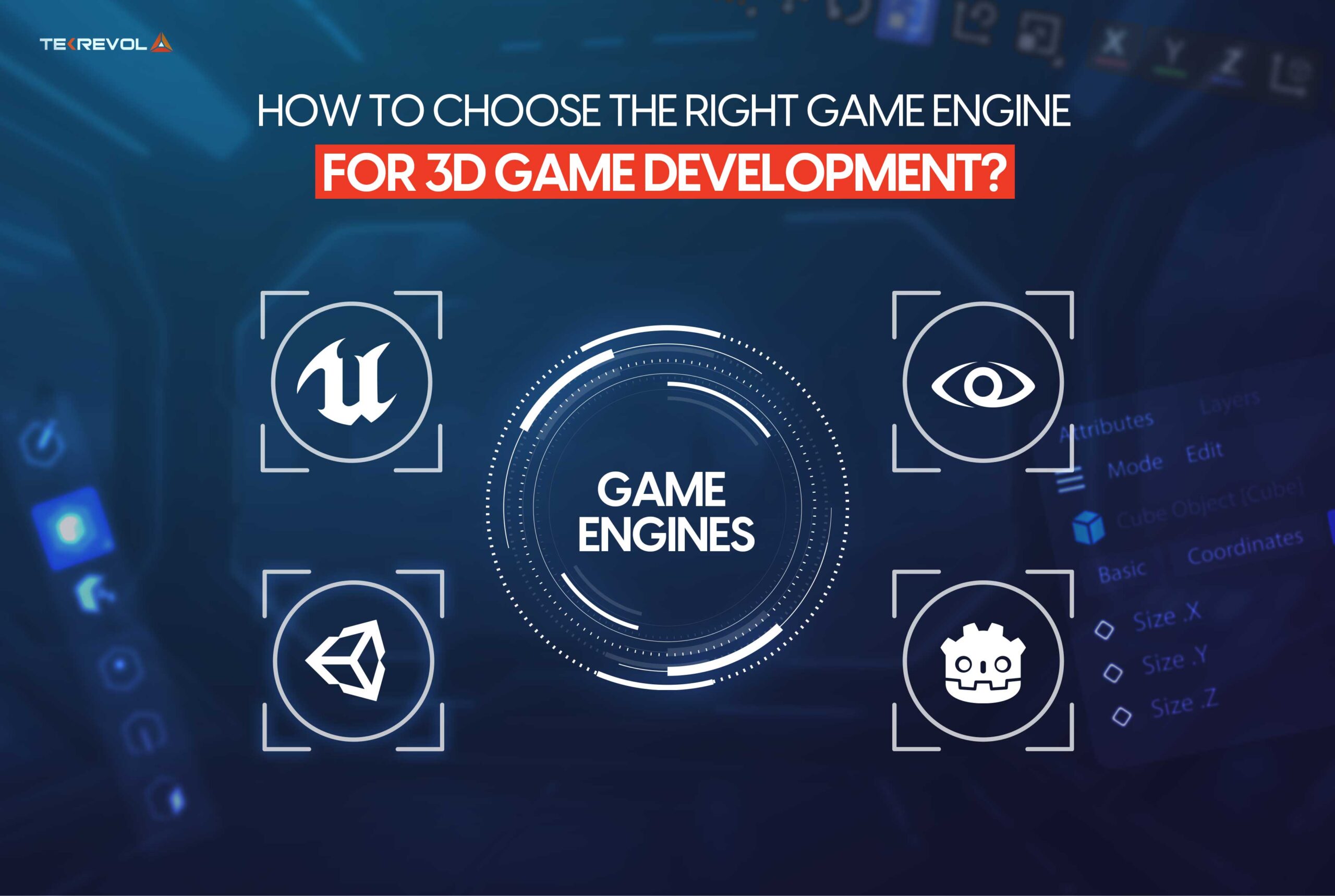
Mastering 3D game development starts with a strong grasp of 3D game programming and core 3D game design principles. Working with top-tier 3D game development software like Unity or Unreal Engine sets the foundation for what any serious 3D game developer or 3D game designer needs.
Saying that what are the most renowned game engines to choose for your dream 3D game idea? Let’s have a look at some of these:
Unreal Engine
- Unreal Engine is one of the most famous and most loved real-time 3D creative tools. Run this game engine with its full feature set and toolkit, and you will be able to create beautiful 3D game designs for all kinds of platforms and genres.
- As a beginner in 3D game development, If you want to develop gameplay logic without coding, then you can use C++ or the Unreal Engine’s visual scripting system, Blueprint, for more complex programming.
- Unreal Engine is freely used both personally and educationally. However, once your game makes $1m in revenue (in gross income) in a year, you need to pay a royalty of 5% to the game engine.
- Unreal Engine is used to build Fortnite, Rocket League, Cyberpunk 2077, and The Matrix Awakens, all of which are the most famous 3D games on the planet.
Unity
- Unity is yet another top real-time 3D production tool that can help you develop interactive 3D games with the help of professionals who are into 3D game development under the PC, consoles, mobile, web, VR, and AR.
- Functioning on an intuitive user interface as well as a versatile scripting framework (JavaScript, Visual, and C#), Unity offers a lot to the user. You may also create, animate, light, and render your game scenes with Unity’s built-in tools and assets.
- The Unity Asset Store and Unity Learn are the main places for the huge and lively Unity developer community to share information and resources.
- Unity is free to be used for gamers and small teams who earn less than $100K in revenue or funding per year.
- The most famous 3D games popular in the gaming world using Unity Engine are Fall Guys, Pokémon Go and Ultimate Knockout.
Godot
- Godot is an open-source, free game engine for 2D and 3D game development with several platforms.
- With its distinctive scene-based architecture, Godot allows you to break your game into parts that can be reused.
- Godot allows you to code your game logic on its visual scripting system, or using its GDScript scripting language (similar to Python).
- You can even make use of Godot’s built-in physics, audio, animation, networking, and comprehensive user interface (UI) features.
- The most famous 3D games played and created in Godot Engine are Of Life and Land, Ex Zodiac, Resolution, and Halls of Torment.
CryEngine
- CryEngine is the modern work environment for developing 3D games which is appreciated for its realistic appearance along with practical utility. For better programming, it works with C++ or Schemas, which is a node-based visual scripting system that builds gameplay logic without coding.
- Users can access an integrated level creation, terrain painting, lighting, shading, audio, animation, and physics system based on CryEngine.
- The CryEngine Marketplace and Learning Hub are two major areas providing numerous articles, tutorials, and manuals for users of CryEngine.
- CryEngine, however, is open for free to be used for personal and educational projects, but once the revenue of using this game engine exceeds $5000 per quarter of a calendar year, then a 5% royalty is charged on the gross revenue of your game.
- The most known 3D games in the world created and using CryEngine are Crysis 3, Sniper Ghost Warrior, and Prey.
Bring Your 3d Mobile Game Development Idea To Life With Tekrevol
Developing a quality game requires you to have hands-on experience with the best 3D game development tools. If you are a beginner with 3D game programming, dealing with search engines, programming languages, graphic applications, and audio editing might be a daunting task for you.
By getting help from a leading 3D game app development company, you can not only get your game developed under the guidance of a professional but can be sure that your game idea will turn out to be a fantastic one!
Tekrevol is a renowned game development company that has been providing excellent 3d game development services over the past few decades. Our success is based on a solid, time-tested process and a diligent workforce that comes with incredible skills.
Tekrevol’s in-house game developers use out-of-the-box 3d game design software that ensures that your game vision comes to life most profoundly!
Having said that, are you ready to create the game of the generations? Then Tekrevol can make that happen!
- Want To See Your Idea Turn Into A Full-Fledge 3D Game?
- Start Your Game Journey With Us Today!
- Get Free Cost Estimation Now!

